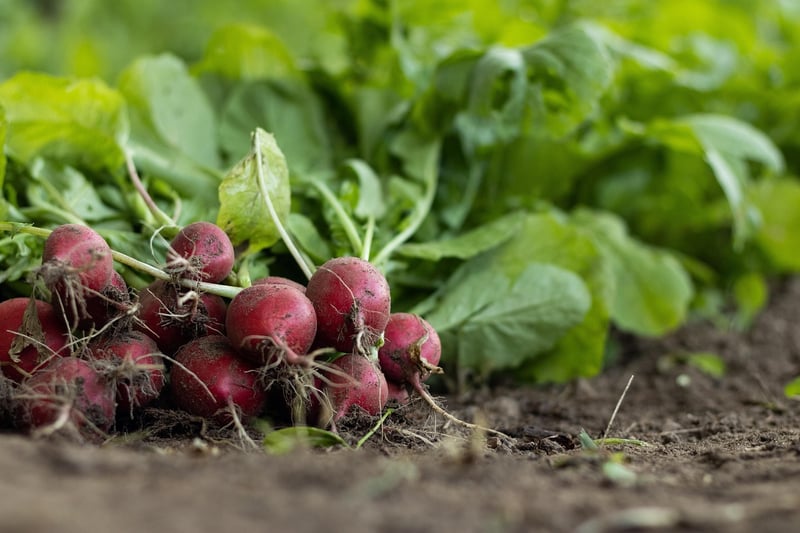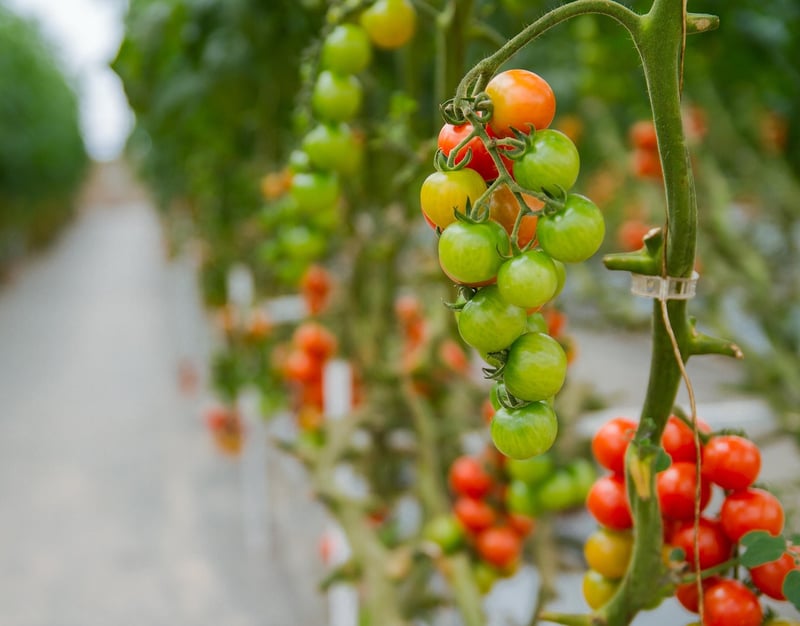Hydroponic systems
Revolutionizing Agriculture with Hydroponic Systems
Traditional farming methods have long been the backbone of our food production systems, but as the world’s population continues to grow, the need for more efficient and sustainable agricultural practices becomes increasingly apparent. One such innovation that is revolutionizing the way we grow crops is hydroponic systems.
What is Hydroponics?
Hydroponics is a method of growing plants without soil, using nutrient-rich water solutions instead. This soil-less technique allows for precise control over the plant's environment, leading to faster growth rates and higher yields compared to traditional farming methods.
The Benefits of Hydroponic Systems
- Water Efficiency: Hydroponic systems use up to 90% less water than conventional farming, making them ideal for regions facing water scarcity.
- Space Saving: These systems can be set up vertically, maximizing growing space and allowing for year-round cultivation in urban areas.
- Pesticide-Free: By eliminating soil, hydroponic systems reduce the risk of pests and diseases, minimizing the need for chemical pesticides.
- Higher Yields: Plants grown hydroponically tend to grow faster and produce greater yields due to the optimized nutrient delivery.
Types of Hydroponic Systems
There are several types of hydroponic systems, including:
- Deep Water Culture (DWC): Plants are suspended in nutrient solutions, with roots directly exposed to oxygen.
- Nutrient Film Technique (NFT): A thin film of nutrient solution flows over the plant roots, providing nutrients and oxygen.
- Drip System: Nutrient solution is dripped onto the base of each plant, allowing for precise control over nutrient delivery.
Getting Started with Hydroponics
Interested in starting your hydroponic garden? Here are a few basic steps to get you started:
- Choose a suitable location with access to water and electricity.
- Select the type of hydroponic system that best fits your needs and space constraints.
- Acquire the necessary supplies, including a reservoir, nutrient solution, growing medium, and seeds or seedlings.
- Set up your system following the manufacturer's instructions and monitor plant growth regularly.
- Harvest your fresh, home-grown produce and enjoy the benefits of hydroponic gardening!
Join the hydroponic revolution today and discover a sustainable, efficient way to grow your own food!

Image Source: Pixabay
